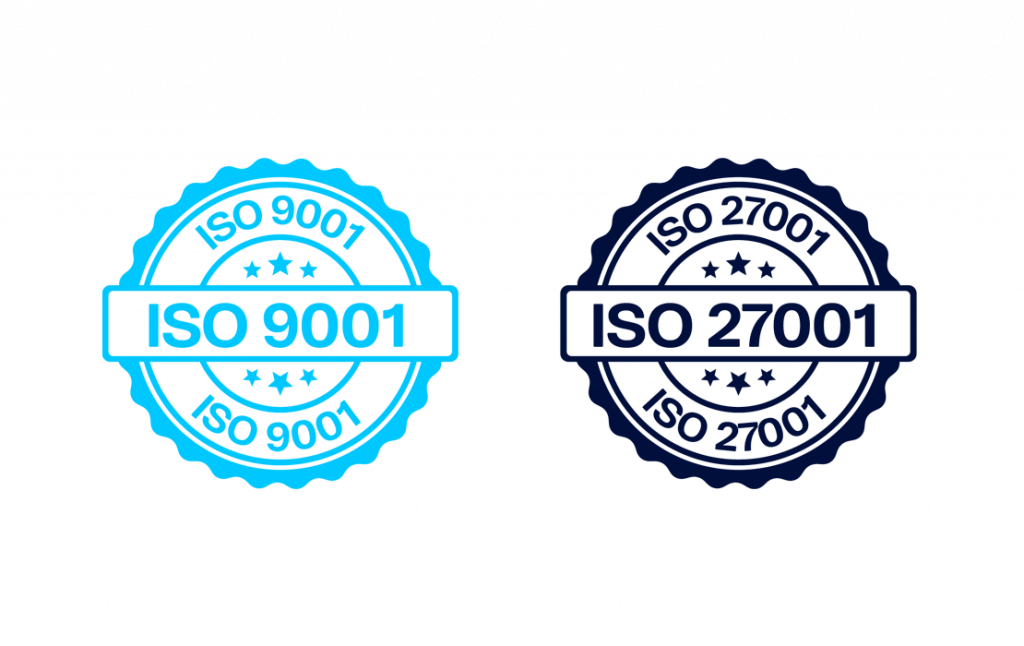Use of electric vehicles (EVs) is growing around the world as consumers move away from gasoline-powered internal combustion engines. Government incentives such as tax credits and subsidies, combined with tightening regulations around Co2 production, are motivating the swift adoption. With the European Union set to ban sales of new diesel and gasoline road vehicles starting in 2035, EV manufacturers are working quickly to create new electric transportation options. Already, EVs represented nearly one-fifth of new car registrations in Europe in 2021—and that number is expected to grow rapidly. According to a recent McKinsey report, EVs will make up 75 percent of new European car sales by 2030.
To keep pace with skyrocketing demand, EV charging station providers must expand their operations and work to ensure consistent, uninterrupted service for the many new vehicles on the road.
As the market changes and grows, providers often take a piecemeal approach to connectivity, managing their own SIM cards and cellular connections—and risking costly downtimes and service interruptions.
As an EV charging station provider, you face unique challenges in this fast-growing market.
1. Ensuring uptime
To be successful, your charging stations simply need to work, 24/7. Ensuring consistent uptime is only possible with dependable connectivity and status monitoring.
2. Scalability
As use of EVs expands, you need to be prepared to grow your fleet of charging stations—but scaling and going global can be tricky if you’re depending on regional network providers and in-house oversight.
3. Adding new services
To remain competitive, EV providers will need to expand their future offerings with new services such as local Wi-Fi hotspots and other entertainment options for customers.
IoT connectivity is certainly a key component of the electric vehicle market—but it’s also essential for EV charging.
Customers expect to locate the nearest charging stations from their connected vehicles, using in-car systems or mobile apps to check status and wait times for nearby locations. From the management side, you need to know the status of each of your stations, using connected sensors to gather data about usage and performance, and to anticipate maintenance needs and troubleshoot problems.
Stable, reliable mobile IoT connectivity is needed to provide these needed services. And as the EV charging market expands and station providers merge and consolidate, success will be even more dependent on your ability to provide reliable service and consistent customer experience across networks and geographic regions.
With a managed IoT connectivity solution, there’s no need to piece together your own system—instead, you can offer the streamlined service and reliable uptime your customers demand.
Choosing a managed solution allows you to conquer the complexity of IoT by turning over the connectivity piece to seasoned experts. At Telenor IoT, we apply our 20+ years of IoT experience to help you connect and scale your fleet of charging stations in a way that guarantees uptime and consistent user experience. With our solution, your charging stations use the best available mobile networks to securely connect to your network or the internet.
Charging stations are always reachable via mobile connection.
With access to 500+ networks globally, you can scale across regions while maintaining a consistent customer experience.
Monitor the status of charging stations and perform maintenance and software updates from afar.
Telenor IoT is committed to implementing industry-leading security measures.
Mobile networks are well established and aren’t going away anytime soon. Our mobile IoT connectivity solution gives you access to reliable global networks that use licensed radio spectrum, free of disturbances and congestion from competing networks.
Our target market is global customers who want the best-of-the-best. Telenor IoT was the obvious choice for connecting our cars, with their broad and extensive experience in connected automotive solutions. Also, their technical expertise and ability to trouble-shoot is industry-leading. Christian von Koenigsegg, CEO and founder Koenigsegg Automotive AB
No matter where your EV charging stations are, our managed connectivity services provide access to the best quality mobile connection, based on availability and the needs of your use case. Our Global IoT services can be pre-integrated to simplify your rollout, installation, and lifecycle management.
We take care of all the agreements with local operators so you don’t have to. Using our extensive global roaming network, your EV charging stations can connect to networks in nearly every market in the world. In countries where roaming is not available due to regulation, we can help you find viable solutions (including eUICC technology) together with our established local operator partners.
Ready to simplify your IoT deployment? Talk to our connectivity experts!


